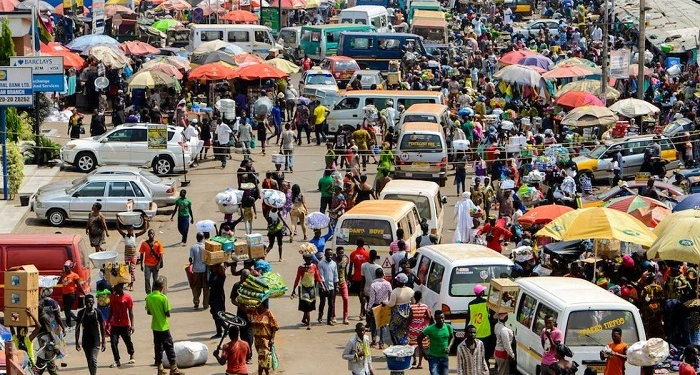Rising Tariffs and Stagnant Wages Undermine Ghana’s Recovery – Prof. Asuming Warns
While Ghana’s macroeconomic indicators point to signs of stability, economist Professor Patrick Asuming says the real economy remains under strain, with businesses and households grappling with rising tariffs, high production costs, and stagnant wages.
Speaking on JoyNews’ PM Express Business Edition on Thursday, June 19, Prof. Asuming cautioned that the improved economic data masks the economic hardship felt by many Ghanaians.
“We still have to understand that prices are climbing,” he stated, adding that although inflation has slowed from 18% to about 10%, it doesn’t translate into falling prices. “Things are still getting more expensive.”
According to the University of Ghana Business School economist, the drop in the Producer Price Index (PPI) simply reflects a deceleration in the rate of increase in prices, not a reduction. “We shouldn’t expect that the decline in inflation means that prices are coming down anytime soon,” he stressed.
One of the biggest pressures facing businesses, he noted, is the consistent rise in utility tariffs and input costs. “These tariffs keep going up, and it’s a big element of the cost,” he explained. “Wages are not coming down either, and the domestic cost of production is rising.”
Prof. Asuming underscored the disconnect between improved financial indicators and the on-ground realities. “It seems to me that the financial and monetary side of the economy has performed better, and the real side seems to be lagging behind,” he observed.
He credited government efforts in stabilising key financial metrics, including Treasury bill rates and foreign reserves, and highlighted some positive impact from global commodity price trends. However, he was quick to caution that these improvements do not necessarily reflect a healthy broader economy.
“We’ve done well on the financial side, but that doesn’t mean the broader economy is healthy,” he pointed out.
Reacting to Ghana’s stronger-than-expected first-quarter GDP growth figures, Prof. Asuming urged cautious interpretation. “The economy is divided into 20 sub-sectors. Five saw a decline,” he said. “The weightier sectors grew, and that helped pull up the overall numbers. But it’s not uniform, and we need to be careful how we interpret the growth.”
He emphasised that the gap between macroeconomic performance and the real economy continues to widen. “That tends to give you some disconnect between how people are perceiving the real economy and the macro numbers they see,” he said. “How might they be feeling in terms of their pockets?”
Until tariffs are contained, cost pressures ease, and wages start rising, Prof. Asuming warned, the majority of Ghanaians will remain disconnected from the so-called economic recovery.








